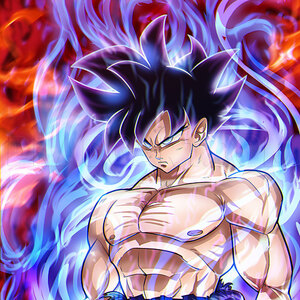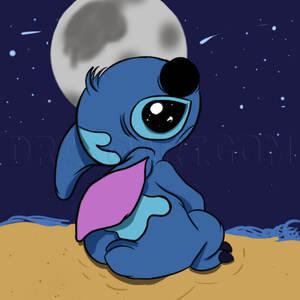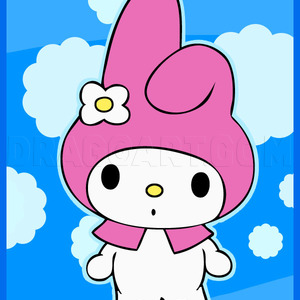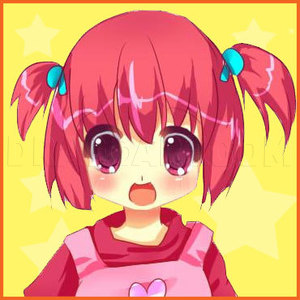1
Let's start with the head of a female deer. Draw the guide lines like the ones you see in the image. Deers have a very long neck and a rectangle shaped head with large ears.
4
Draw the chin and the bottom of the head, then add the ears. In the image they are directed forward but they can easily rotate in other directions.
6
Add details to the deer, in particular, remember that deers have horizontal pupils. Notice also the presence of eyelashes above the eye.
8
Now we'll draw the head of the female deer seen frontally. Notice the triangular shape of the head and the location of the eyes, at the edges.
14
Now it's time to draw a male deer, or stag. Male deers are bigger and heavier than females. They have antlers and long fur on the neck. Draw the guide lines.
16
Add the nose and draw the chin and the bottom of the head, then add the ear with details inside it.
17
Draw the large and branched antlers (go to step 23 for more details about antlers), then draw the long haired neck.
18
Draw the other ear, then draw shoulders, large and muscular chest, the long forelegs and the hooved feet.
Comments 0
Details
August 29, 2013
Description: Tutorial about how to draw deers, in particular red deers.























































































